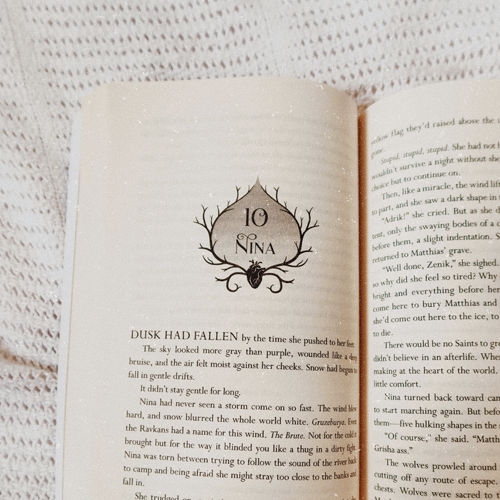Tips for writing a first draft
/@ dreaming by dusk
There is no right or wrong way to write the first draft of your novel. That’s one thing that new writers have in common with published authors. Getting the words written down on paper is one of the most stressful things to do. As a writer, I’m already learning so much about the value of perseverance, self-discipline, and self-compassion.
Every writer has their own unique way of writing and finishing the first draft of their book, novella, or short story. In this post, I’m sharing some tips and ideas for writing the first draft. Many of them I use every day when writing my stories, and I hope you’ll find some inspiration in them for your writing process.
Choose your novel’s word count
Wordcounts can be daunting and scary for a writer. It’s like a great mountain you must climb, little by little, to reach the top. But here’s the thing. When you know your novel’s word count before you start writing, it helps you plan the rest of your writing routine. The first thing you need to do is research.
Find out what the ideal word count is for the genre you’re writing in. From there, you can begin to set actionable goals along your writing journey. You can set word count goals with a tracker, such as total word count and chapter word count, and daily/weekly/monthly word count targets.
Once you know the total word count (approx.) for the book you’re writing, you can break it down, even more, to focus on chapter lengths. Word count plays a role in the transition of scenes to create pacing, tension, and consistency. In many books, chapter lengths are shorter during the heightened conflict and notably towards the end of the book. Consistent longer chapters extend the narrative, while shorter scenes may make it feel more fast-paced and easier to digest.
Determining the length of scenes ahead of time can help plot and draft. Not only does it help you meet your target word count, but it is also more of a guideline. If you set a goal of writing chapters with 3,000 words, you’re able to delete or add to them during the editing phase, depending on what will make the scene more dynamic and more engaging for your soon-to-be readers.
Make mistakes as you write
“You don’t start out writing good stuff. You start out writing crap and thinking it’s good stuff, and then gradually you get better at it. That’s why I say one of the most valuable traits is persistence.” – Octavia E. Butler.
There is no better quote to explain the value of perseverance and letting go of perfection when writing the first draft of your book. It is critical to permit yourself to write terribly and inconsistently. When you’re writing for the first time, keep in mind that it is only the rough sketch, or the unedited footage, of your work. If you must, repeat this to yourself every time you sit down to write.
Similarly, it’s a great help to yourself to be self-aware about your writing progress. Be self-aware and critical about what doesn’t fit or read well in the drafting process. Anywhere you have character inconsistencies, plot holes, terrible prose, or anything else that you feel the need to edit.
Make a physical note of where the cracks are in your story. Write it down in the document margins, in a notebook, in a journal, or even a phone or calendar app. What I love about this is that it is ‘present’ you writing little notes to support ‘future’ you in the editing phase. Like writing a letter to yourself, you need to be your own writer support.
Write and finish the first draft
Give yourself a time frame to finish your first draft, and be as strict about it as you can. There are other priorities we have, whether work, family, friends or other things that revolve around our lives. The important thing here is to be firm about your writing time and the due date you set for yourself. Consider the available time you have in each day, week, or month and slot it into your calendar.
Whether you’re a plotter or a pantser, remember to give each chapter a purpose in your story. Every scene must drive the plot further. Give each chapter a beginning, middle, and end – that is, tension or conflict that goes either resolved or unresolved by the chapter’s ending that leads into the next. Similarly, give each of your story’s characters a purpose in your writing, and keep their personalities, motivations, and goals as consistent and unique as possible. This will help ‘future’ you a lot during the editing phase.
How you write is as important as when you write and what you write. Traditions are old, and you don’t have to write the first draft in chronological order if you don’t want to. Instead, why not start in the middle of the action? Write your novel backward from its ending to its beginning. Write your favourite scenes first, or focus on the easy or difficult scenes. You could even write dialogue first and then fill in the actions and other parts.
There are many ways to write the first draft of a book. As a writer, especially a new and aspiring one, you have to find a writing process that fits you best. I hope you found some inspiration for writing the first draft of your novel by reading this post. These tips and tricks have served me well as I write my own first draft. Keep them in mind as you plan, pre-write, or draft your next story.
Happy Writing!
Related Posts:
FOLLOW ME ON SOCIAL MEDIA FOR MORE CONTENT & BLOG UPDATES







